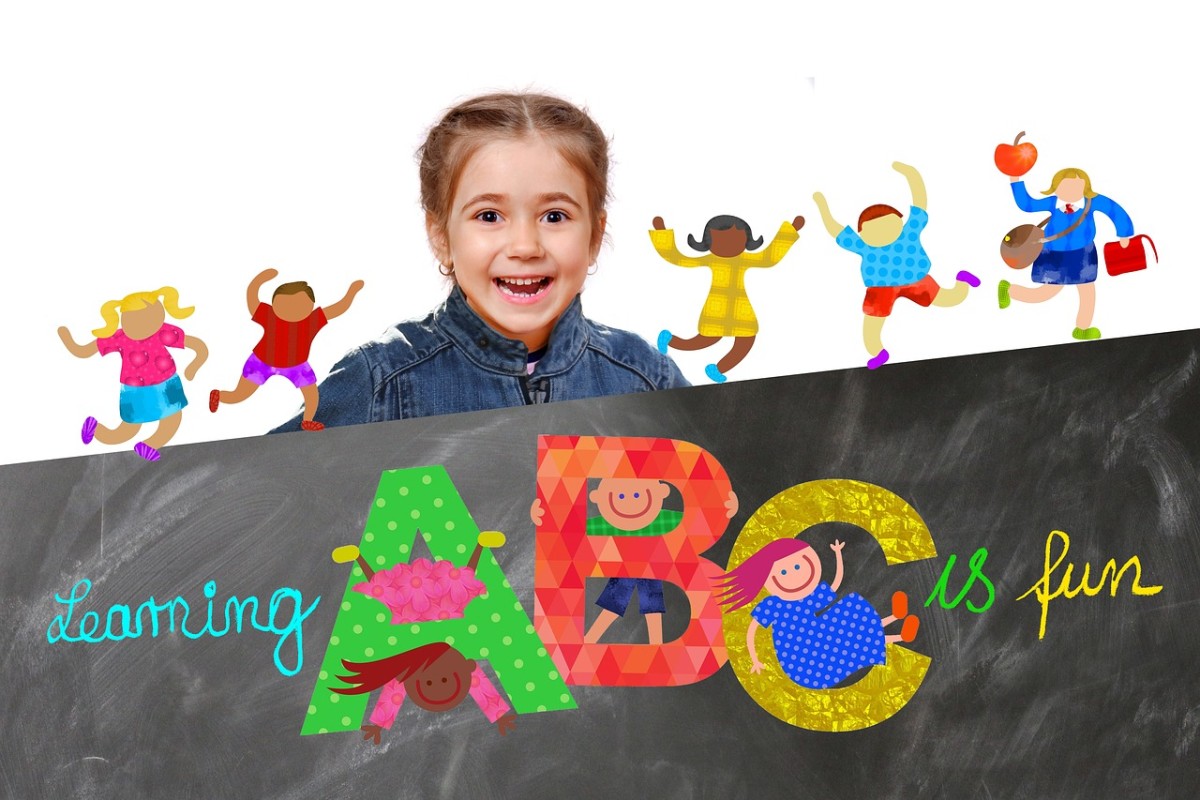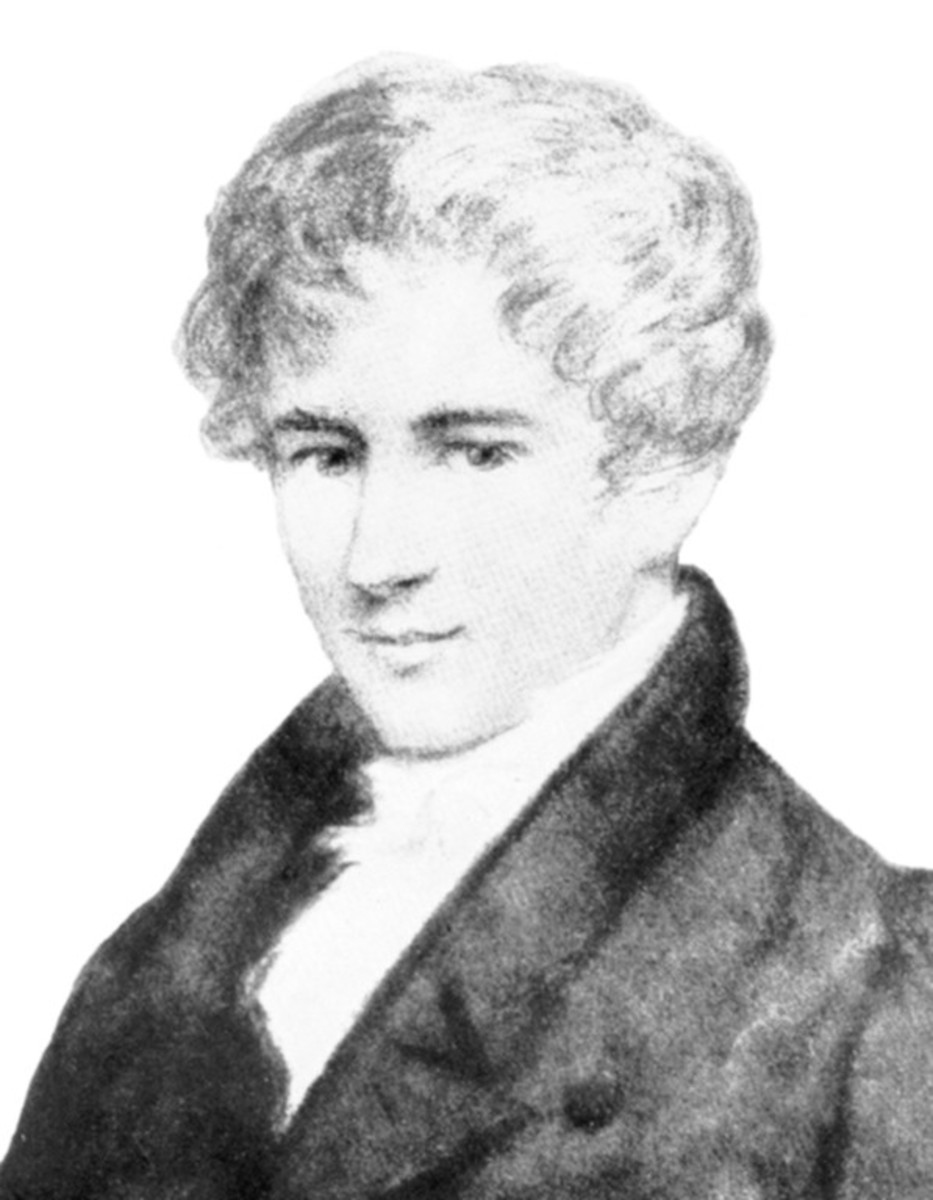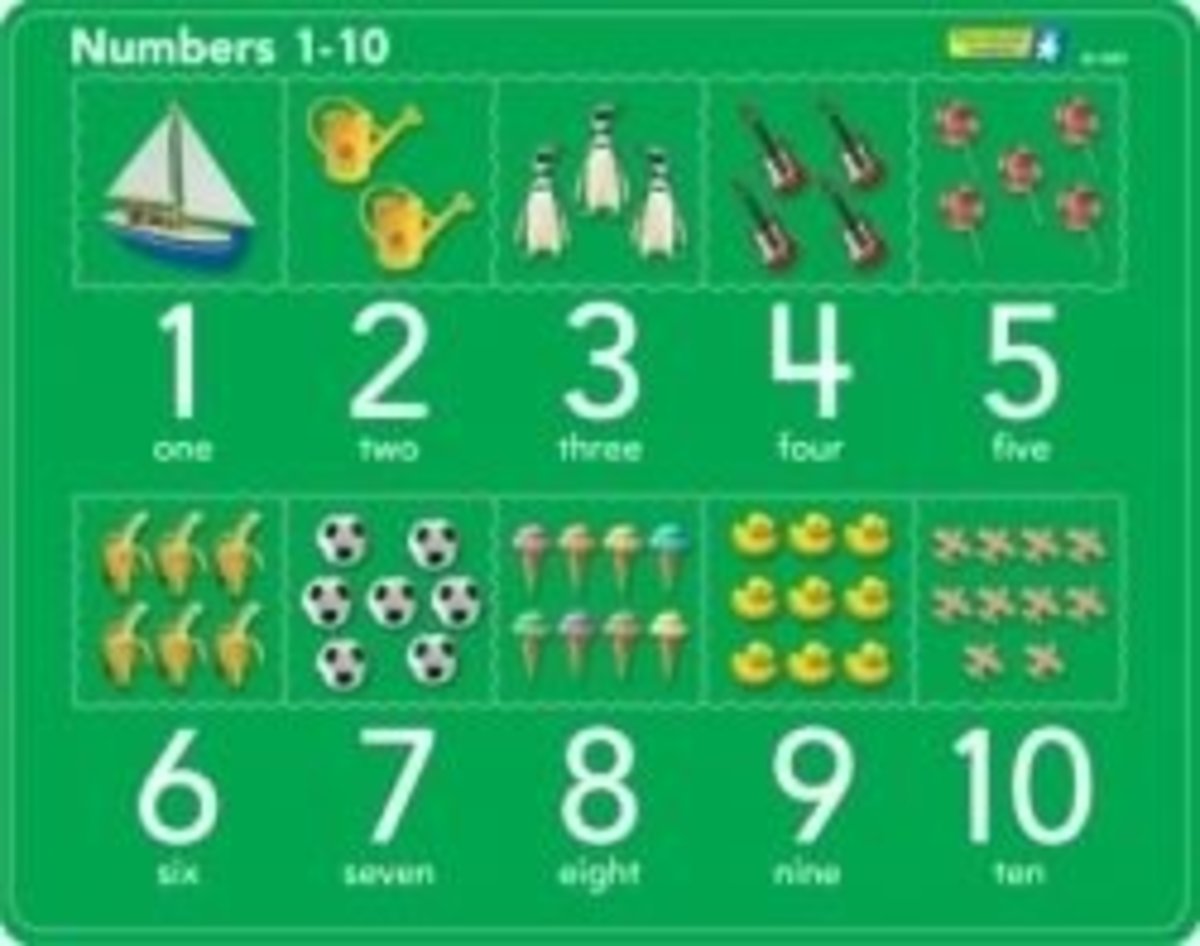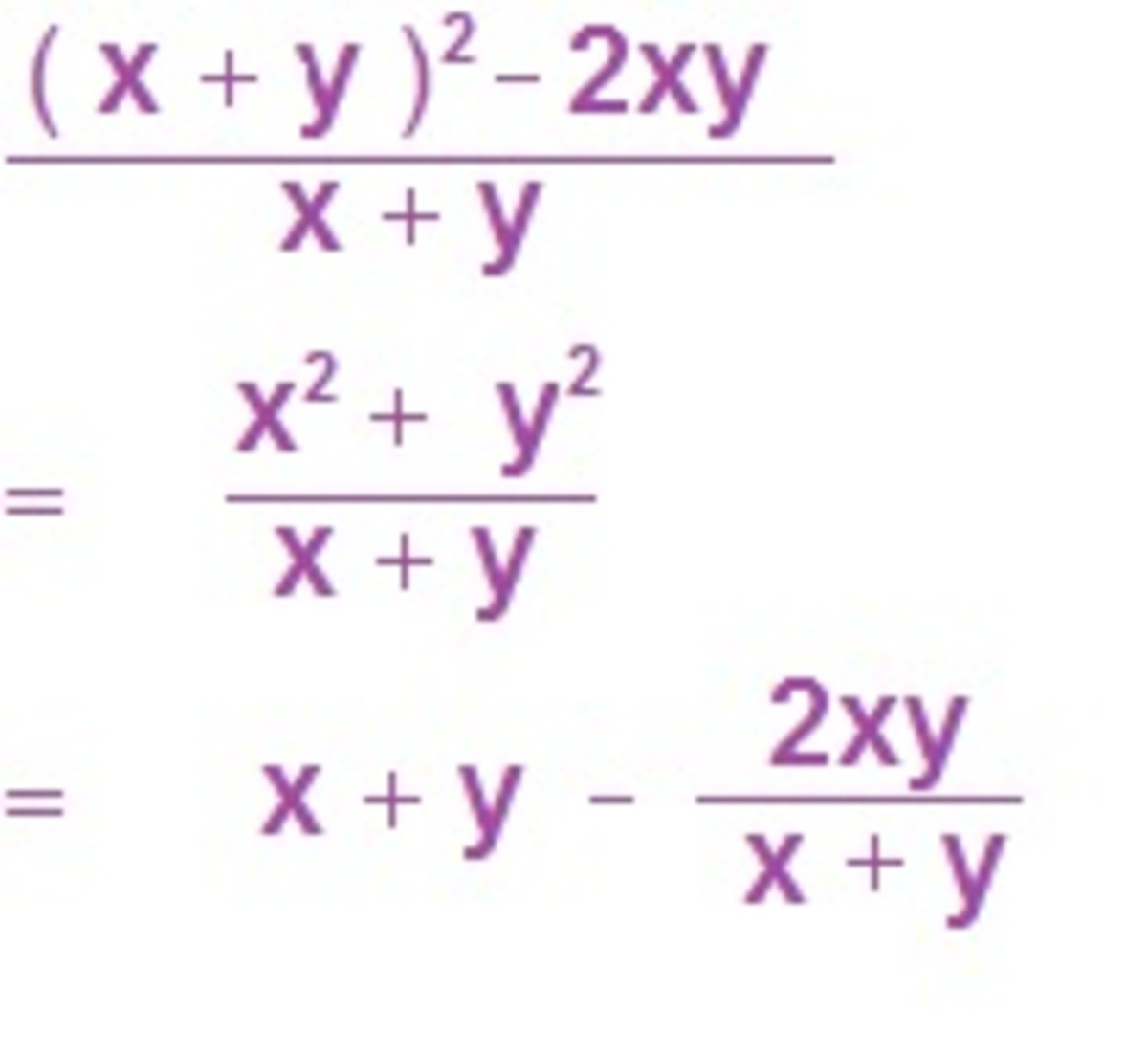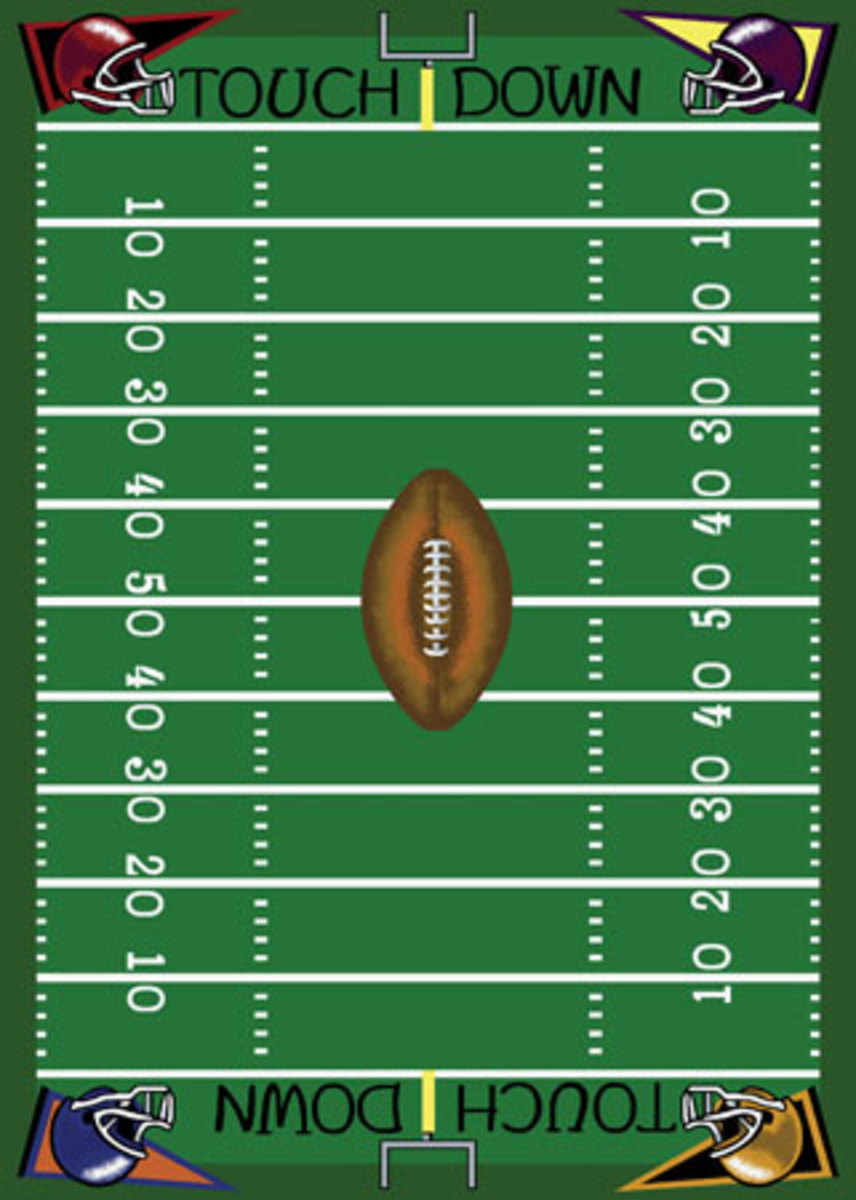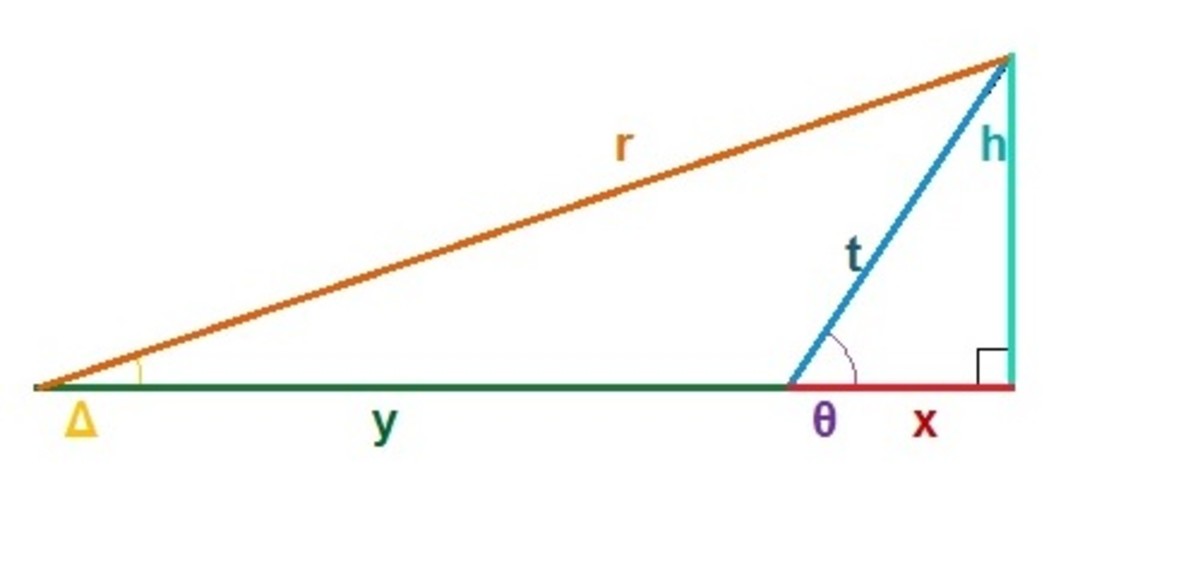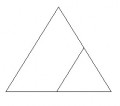Kindergarten Math Curriculum

The Kindergarten Math Guru
I have spent years teaching math at so many levels. Kindergarten math is the basic foundation of all the building blocks to come. I have taught kindergarten and this year I am lucky to also be the parent of a kindergarten student. Being on the other side of the table has been an eye opener on expectations and what my child understands, knows, and can produce.
The Common Core Standards
The big phrases in education this day all include common core standards. This is a big push and I spend my days studying and applying these standards in my current profession in assessment. There are 5 main areas for kindergarten in the common core
- Counting and Cardinality
- Operations and Algebraic Thinking
- Number and Operations in Base Ten
- Measurement and Data
- Geometry
The 5 and 6 year old kids may not know what those words mean yet but there is the basic structure on which all curriculum should be based. Let's break down what these mean and how we create a curriculum to meet the common core standards.
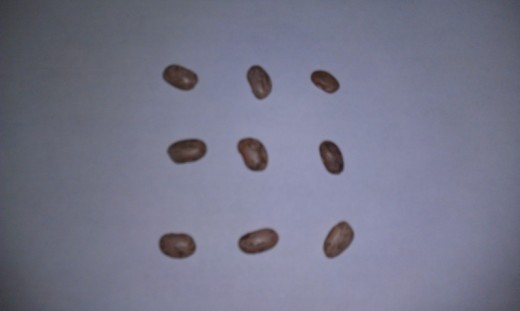
Counting and Cardinality
Within this main area are three basic ideas
- Know number names and the count sequence
- Count to tell the number of objects
- Compare Numbers
Know number names and the count sequence
The students should be able to count to 100 by ones and by tens. we often refer to counting by a number by skip counting. Notice that 2's and 5's are not included in the kindergarten standards. The essential elements here are by 1's and 10's to 100. Include these ideas into your classrooms daily routines.
Count forward from a given number. This means if you give a student any number under 100 and they can start at that number and count forward to 100.
Write the numbers 0-20. Be able to represent a number of objects with the correct numeral 0-20.
Count to tell the number of Objects
Be able to correspond items and numbers. Count the items with the number name.
Understand that the last number said is the total number of objects.
Understand that the next number name means one additional object.
Compare Numbers
Identify objects that are greater than, less than, or equal to other objects.
Compare two numbers between 1 and 10 as written numbers
Operations and Algebraic Thinking
Understand Addition and Understand Subtraction
Represent addition and subtraction with objects, fingers, manipulatives, drawings, sounds, expressions, and equations.
Solve addition and subtraction word problems within a set of 10 by using drawings or objects.
Break apart numbers less than and equal to 10 in pairs to make addition sentences by using objects, drawings, and recording the equations.
All the numbers 1 to 9 find a number that add to 10 when given any number by drawing, using objects, and record the answers
Add and subtract within 5
Number and Operations in Base Ten
Work with numbers 11-19 to gain foundations for place value.
Understand that the ones digit in the ten places stands for a group of ten plus the number in the ones place.
Measurement and Data
Describe and compare measurable attributes.
Describe things that are measurable such as length, height, and width.
Compare to measurable objects in regards to their difference in greater than, less than, etc.
Classify objects and count the number of objects in each category.
Classify the objects into categories, count and sort.
Geometry
Identify and describe shapes.
Using the shape names describe the object as a shape. Describe their position using above, below, beside, in front of, behind, and next to.
Correctly name a shape no matter the size or direction.
Identify shapes as two dimensional or three dimensional.
Analyze, compare, create, and compose shapes.
Compare two dimensional and three dimensional shapes that are different sizes or directions and describe their similarities and differences.
Build shapes from materials and draw shapes.
Compose simple shapes to form larger shapes.
More to Come
Be on the look out for more hubs about specific activities to meet these standards.

